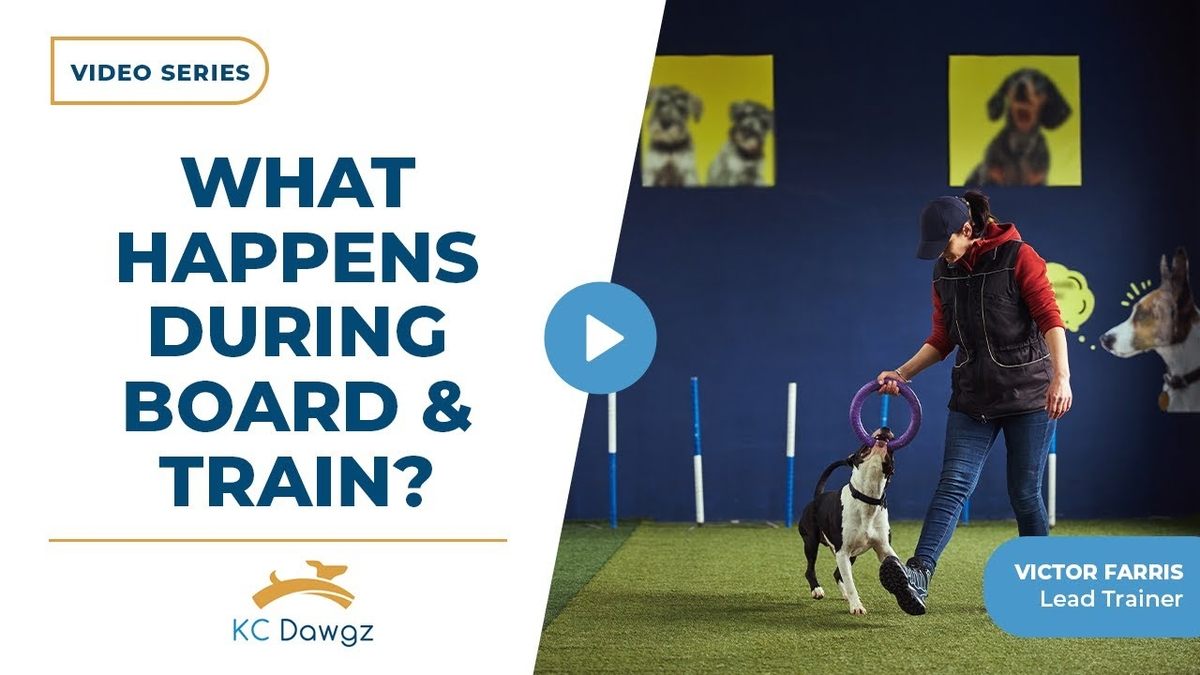In the world of dog training, one principle remains constant: positive reinforcement. It’s the cornerstone of our training techniques, and it’s the key to showing your dog when they’re doing the right thing in any situation. This detailed guide will explore about the significance of positive reinforcement and demonstrate how to incorporate positive reinforcement techniques into your dog training regimen, tackling typical behavioral challenges like excessive barking, chewing, and reactivity.
The Power of Positive Reinforcement
Positive reinforcement is not just a buzzword in dog training; it’s a powerful tool that can shape your dog’s behavior. Dogs, like humans, respond better to encouragement and rewards than punishment. When you reward your dog for good behavior, you’re reinforcing the idea that these actions are desirable, making them more likely to be repeated.
Preventing Excessive Barking
Excessive barking can be a nuisance for both you and your neighbors. To tackle this issue effectively, it’s crucial to understand the underlying causes of your dog’s barking and use positive reinforcement techniques to address them.
Understanding Triggers
Firstly, identify the triggers that set your dog off. Is it a passing car, a squirrel in the yard, or even loneliness? Once you’ve pinpointed the cause, use positive reinforcement to redirect their attention to a more appropriate behavior.
Mental and Physical Stimulation
A tired dog is a well-behaved dog. Provide your furry friend with plenty of mental and physical stimulation through activities like puzzle toys, long walks, and interactive play. This not only expands their energy but also keeps their mind engaged, reducing the likelihood of excessive barking.
Training and Socialization
Positive reinforcement should extend to training and socialization. Encourage good behavior during training sessions by rewarding your dog with treats, praise, and affection. Socialization with other dogs and people should also be a positive experience to reduce fear-based barking.
Preventing Excessive Puppy Chewing
Puppies love to chew, and it’s a natural part of their development. However, you can prevent excessive puppy chewing by managing their surroundings and offering suitable alternatives.
Environmental Management
Puppy-proof your home by removing items that could be tempting chew targets. Use baby gates to restrict access to certain areas until your puppy learns what’s off-limits.
Redirection
When your puppy starts to chew on something they shouldn’t, gently redirect their attention to an appropriate chew toy. Positive reinforcement comes into play here – reward them when they make the right choice.
Dealing with Reactivity
Reactivity is a common behavioral issue that can range from mild curiosity to intense barking and lunging. Positive reinforcement is a valuable tool for addressing this issue.
Reward Good Behavior
When your dog encounters a triggering situation but remains calm or exhibits good behavior, reward them immediately. This can help them associate positive outcomes with these scenarios.
Gradual Exposure
For dogs with severe reactivity issues, gradual exposure to triggers, combined with positive reinforcement, can desensitize them over time. Seek the guidance of a professional trainer for this advanced technique.
Conclusion
Incorporating positive reinforcement techniques into your dog training approach is not only impactful but also enhances the relationship between you and your furry friend. Keep in mind, warding off behavioral challenges centers around effective management, and seeking professional assistance when necessary is crucial. By choosing to incorporate positive reinforcement techniques consistently, your dog can become adept at being well-mannered and reactive across different settings.
For more personalized guidance and support in implementing these techniques, don’t hesitate to contact us. Our team of experienced trainers is here to help you build a harmonious relationship with your beloved pet.





